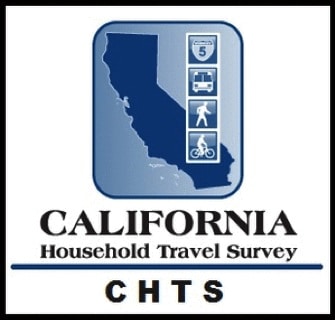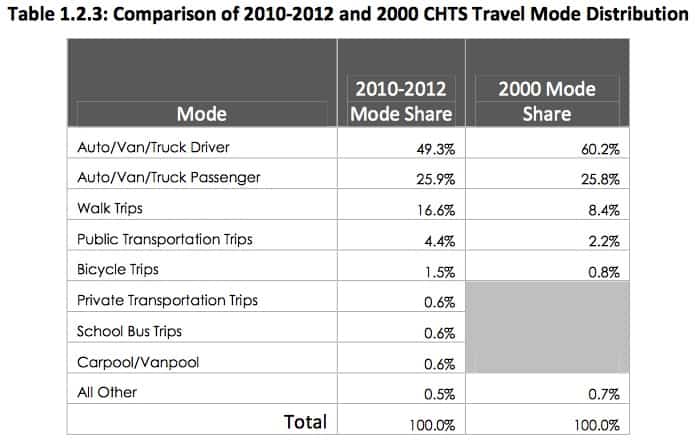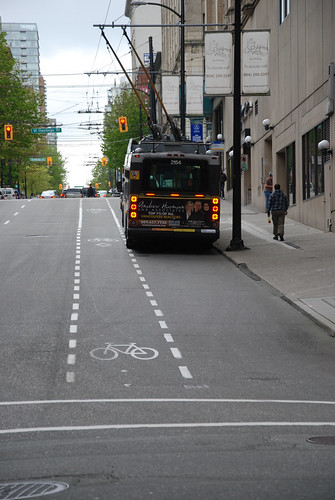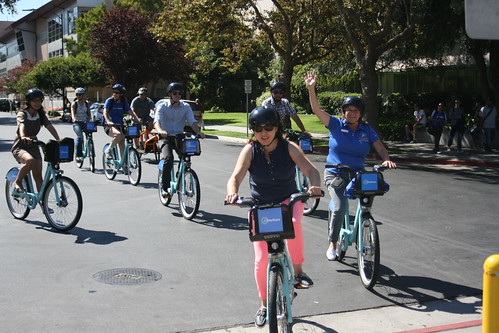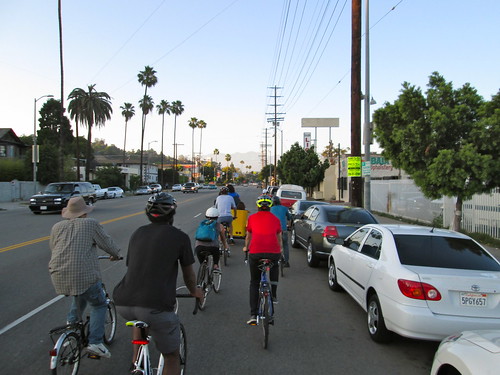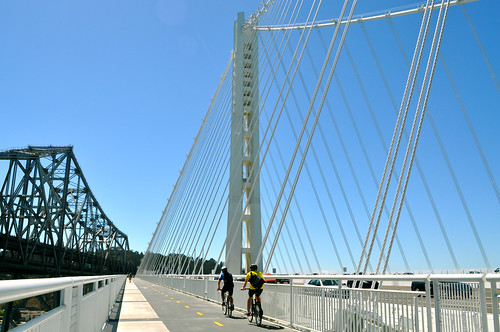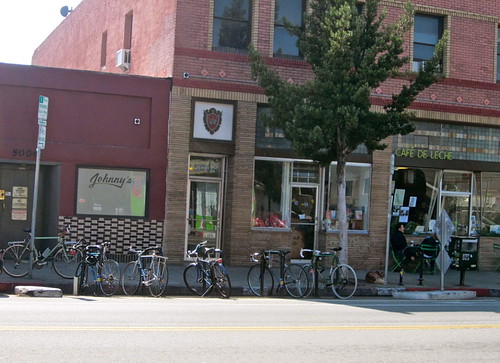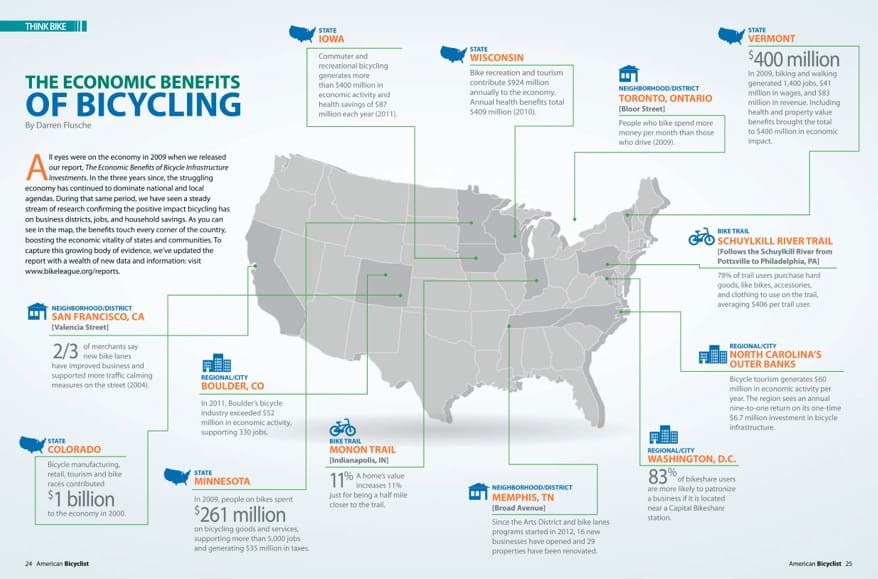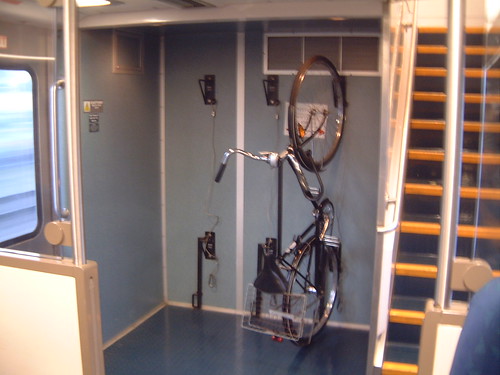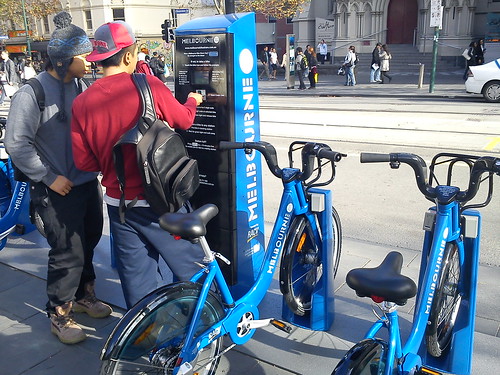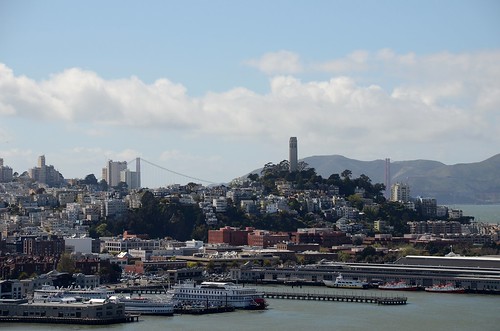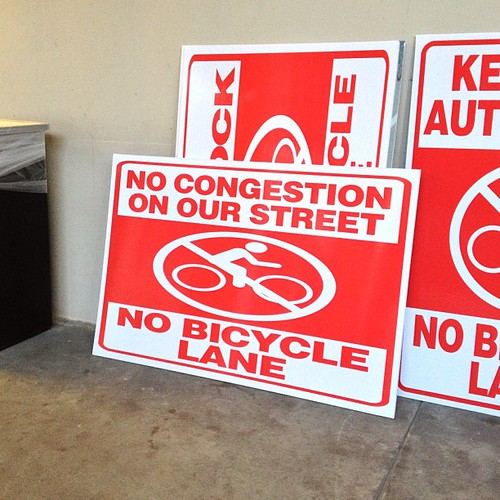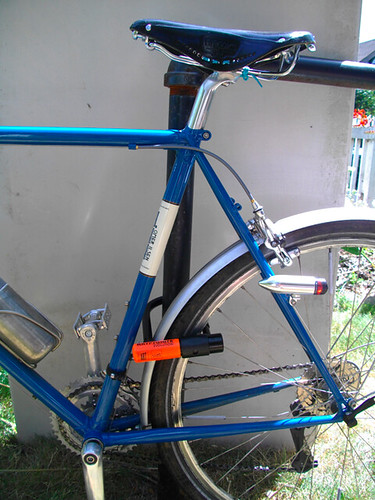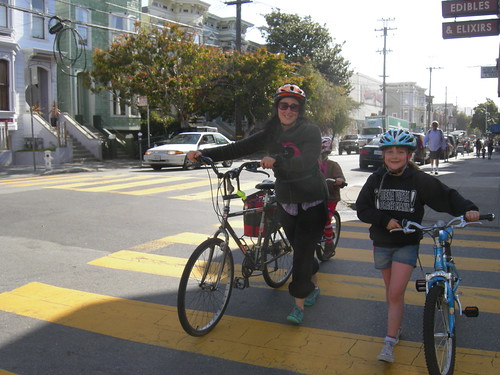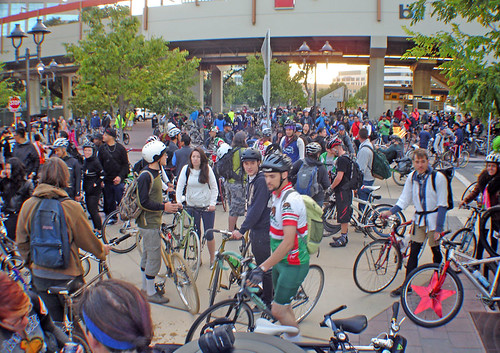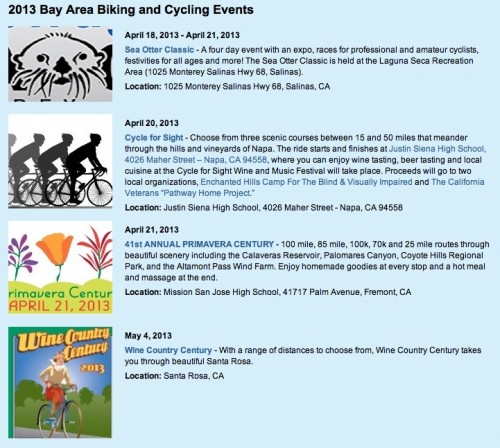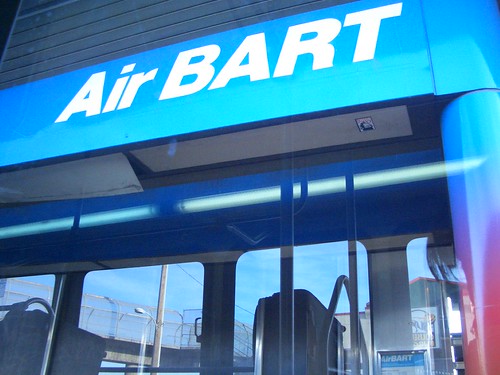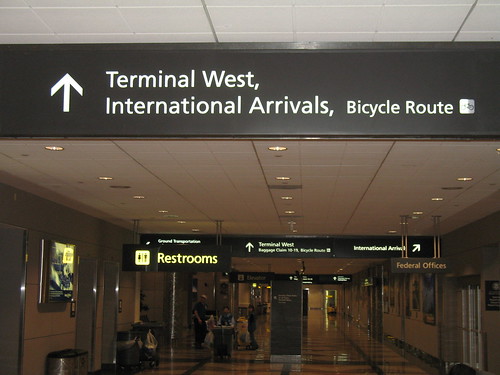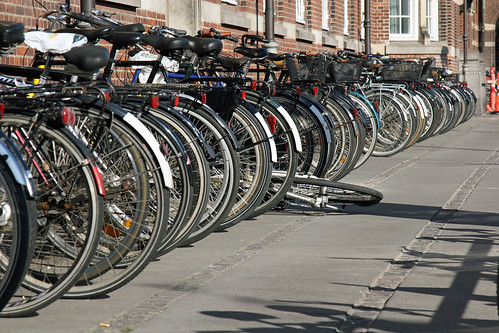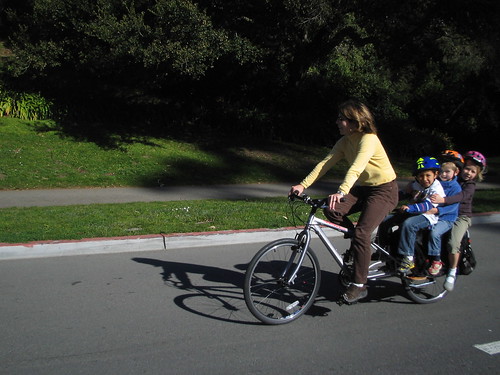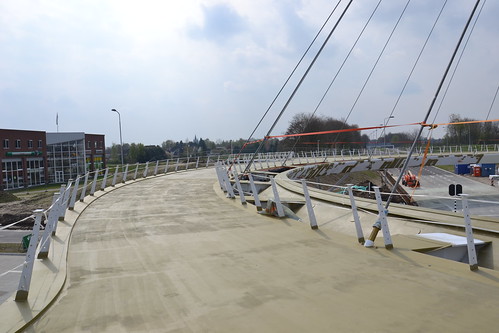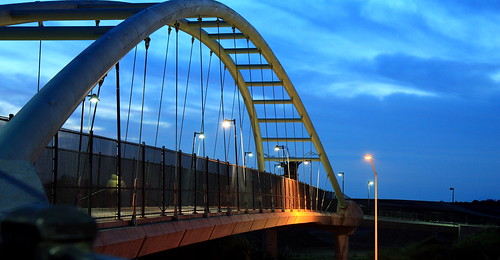With thousands of likes, shares, re-blogs, tweets, comments and views, the floating bicycle roundabout known as “Hovenring” may well be the most popular piece of bicycle infrastructure around the globe. It really is quite impressive, in fact we blogged about it shortly after it was first unveiled. Visually, it’s sleek and beautiful…
… but there’s more to the story.
The project was an engineering feat that had to overcome some obstacles. Ethan Siegel, writing for Starts with a Bang!, notes:
“A huge challenge for building any large, suspended structure is dealing with the inevitable vibrations that will come about, and the Hovenring indeed came face-to-face with that right after its inauguration. A 70-meter (230-foot) tall central pylon was erected, which was then connected by 24 steel cables to the circular bridge deck. All told, the structure weighs in at more than one million kilograms. That much mass, constructed in this fashion, prevented torsion on the structure to keep it stable, but was insufficient to prevent severe vibrations due to winds.”
It took a few months, but the Hovenring eventually overcame all barriers and today sits as likely the most stunning roundabout – bicycle-specific or not – in the world.
For more information about Hovenring, head over to Starts with a Bang! or Twisted Sifter.

